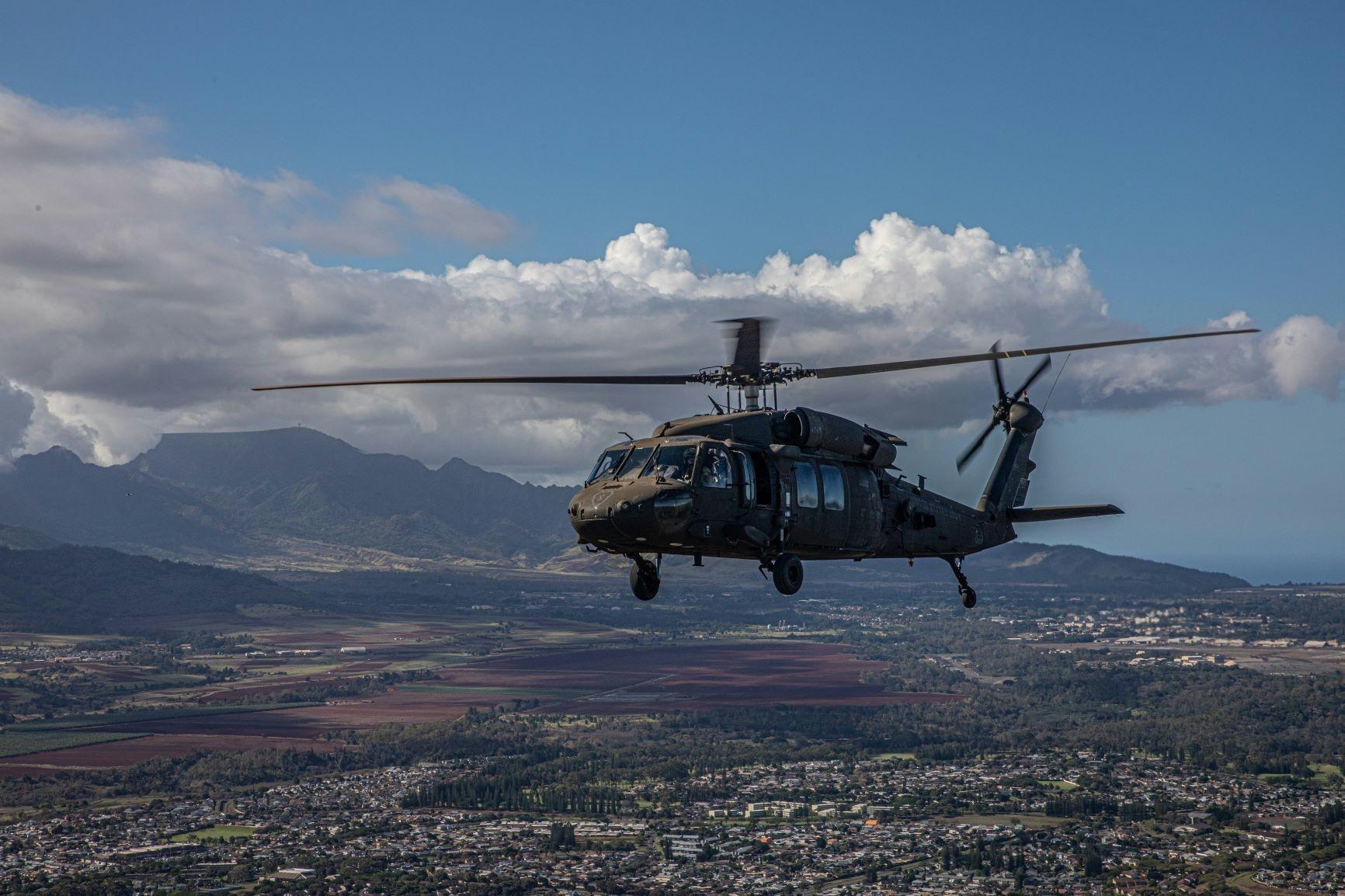
AeroGenie — Seu copiloto inteligente.
Tendências
Categories
IndiGo Confirms Order for 40 Airbus Aircraft Amid Global Expansion
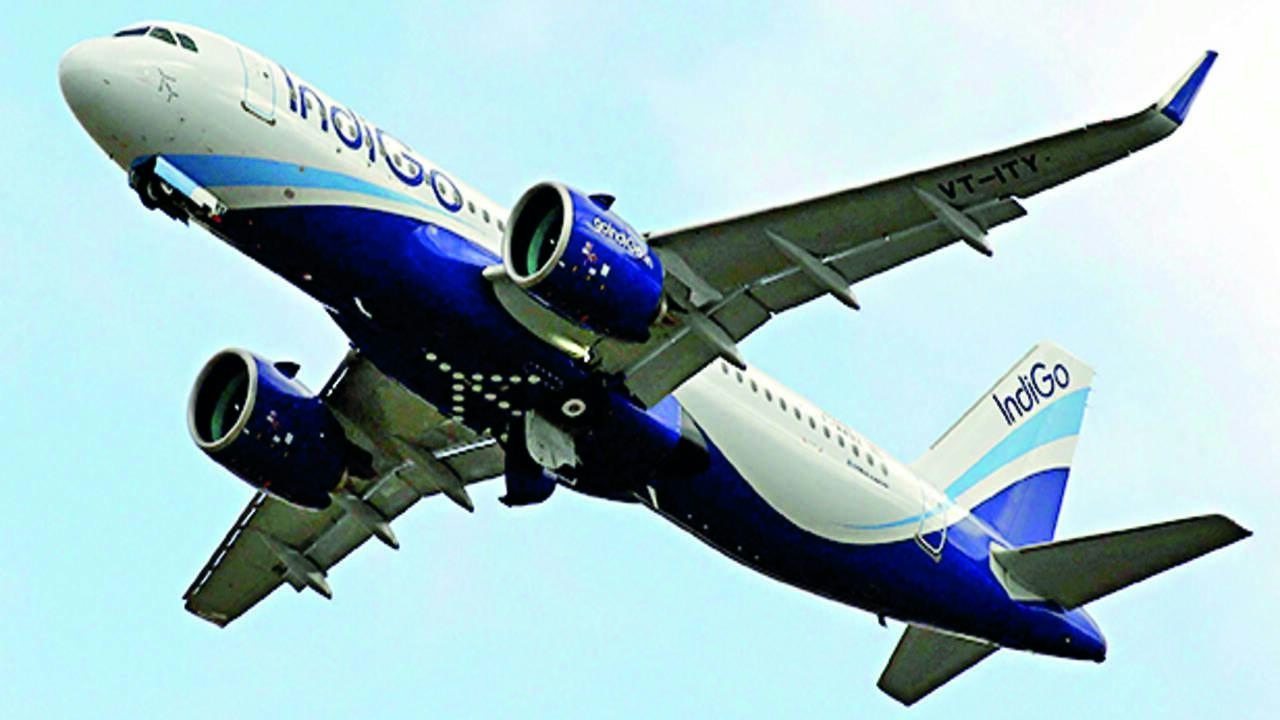
IndiGo Confirms Order for 40 Airbus Aircraft Amid Global Expansion
IndiGo has officially confirmed an order for 40 Airbus aircraft, reinforcing its strategic ambitions to expand its global footprint. Already the dominant force in India’s domestic aviation market with a fleet composed almost exclusively of Airbus models, the airline is now intensifying efforts to strengthen its presence on international routes.
Focus on the Airbus A350-900 for Long-Haul Growth
Central to IndiGo’s international expansion is the acquisition of the Airbus A350-900, a long-range widebody aircraft capable of seating between 300 and 410 passengers and covering distances up to 18,000 kilometers nonstop. This aircraft, favored by many leading global carriers, enables nonstop flights lasting 15 to 18 hours, making it a critical asset for IndiGo’s long-haul strategy.
This order follows IndiGo’s historic purchase earlier in 2023, when it placed an unprecedented order for 500 Airbus A320 family aircraft—the largest single order in commercial aviation history. Deliveries for these aircraft are planned between 2030 and 2035, underscoring the airline’s long-term growth vision.
Challenges Amid Industry Disruptions and Competitive Dynamics
IndiGo’s ambitious fleet expansion occurs against a backdrop of ongoing supply chain disruptions affecting the global aviation industry. Recent delays experienced by Air France Industries KLM Engineering & Maintenance in the post-pandemic environment highlight the operational risks that could impact IndiGo’s delivery schedules.
The competitive landscape in India’s aviation sector is also evolving. Air India, IndiGo’s main competitor on international routes, continues to operate a mixed fleet with a strong reliance on Boeing aircraft for its long-haul services, even as it expands its Airbus widebody fleet. This divergence in fleet strategy reflects the contrasting approaches of the country’s two largest carriers as they compete for a larger share of the international market.
Industry analysts observe that IndiGo’s latest order aligns with a broader trend of robust demand for Airbus aircraft, particularly during major industry events such as the Paris Air Show. Recent agreements with carriers like Starlux and Embraer have further solidified Airbus’s position as a preferred supplier for airlines seeking to modernize and grow their fleets.
As IndiGo advances its global ambitions, its continued investment in Airbus aircraft underscores both its confidence in the manufacturer and its commitment to expanding internationally, despite the operational and competitive challenges that lie ahead.

Expert Predicts Thousands of Passenger and Cargo Drones in Hong Kong Skies Within a Decade
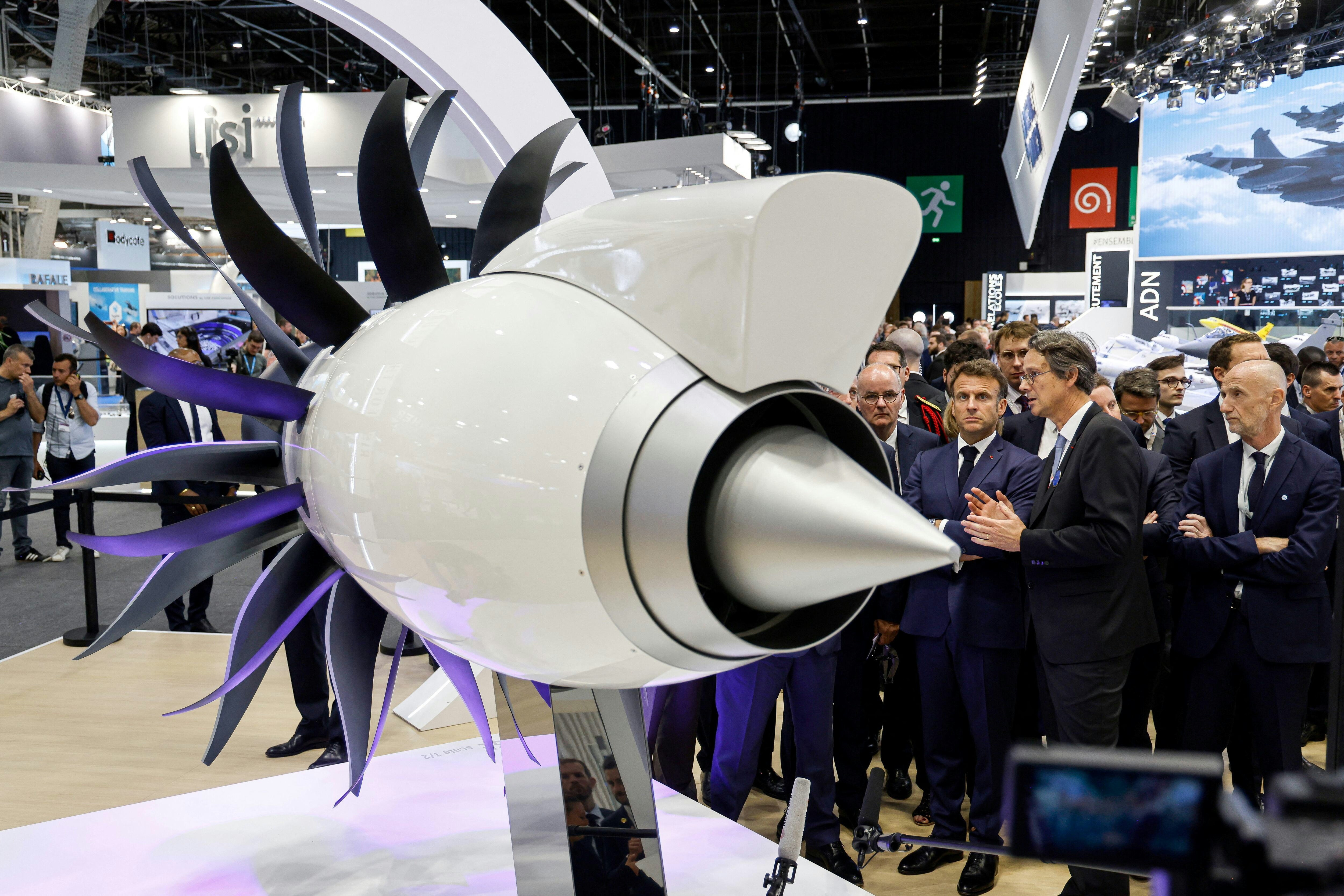
Safran S.A.: Growing Interest from Aviation Experts and Wall Street

Amazon and Boeing Executives Launch Sustainable Aviation Accelerator
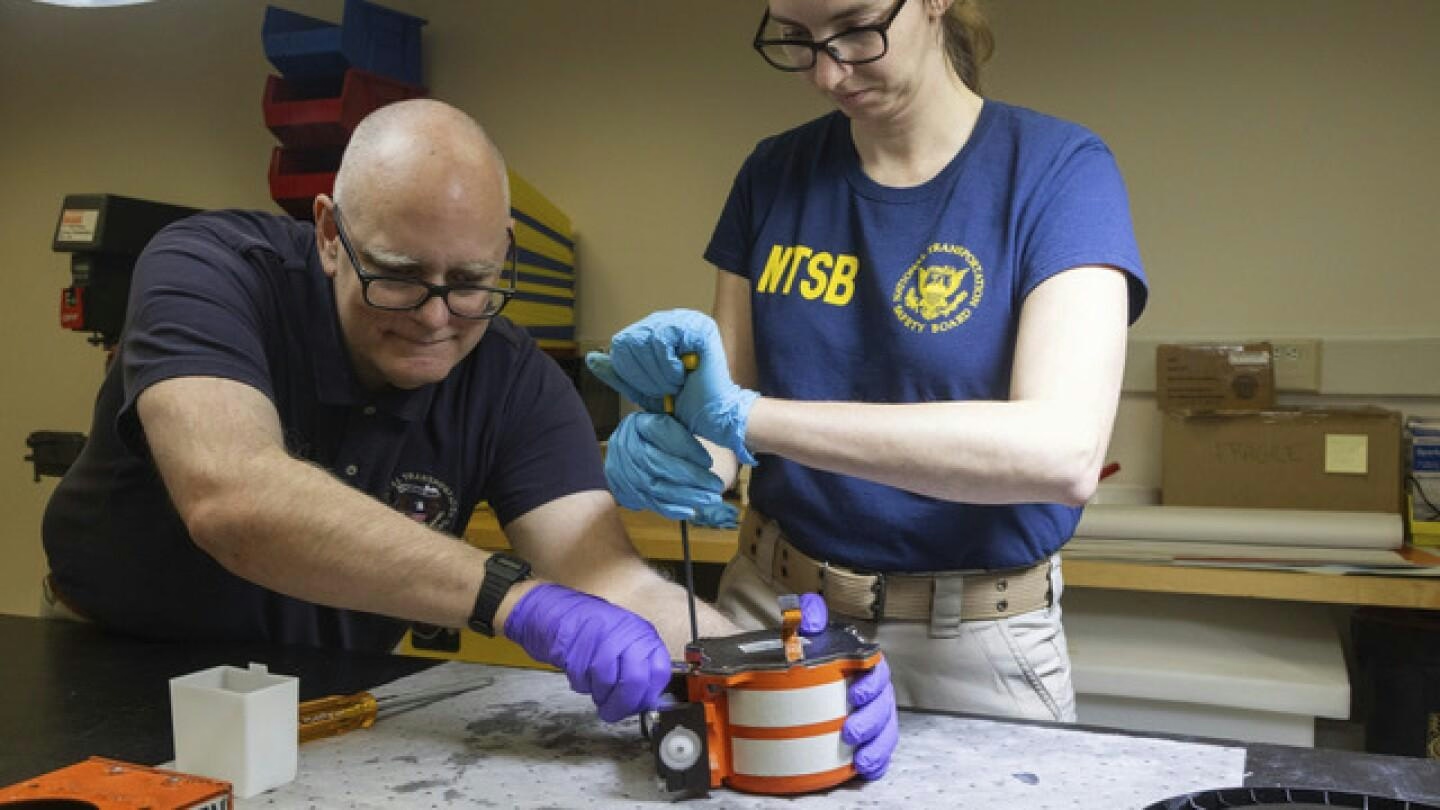
Beyond the Black Box: Why Explainability Is Becoming Aviation’s New Safety Standard
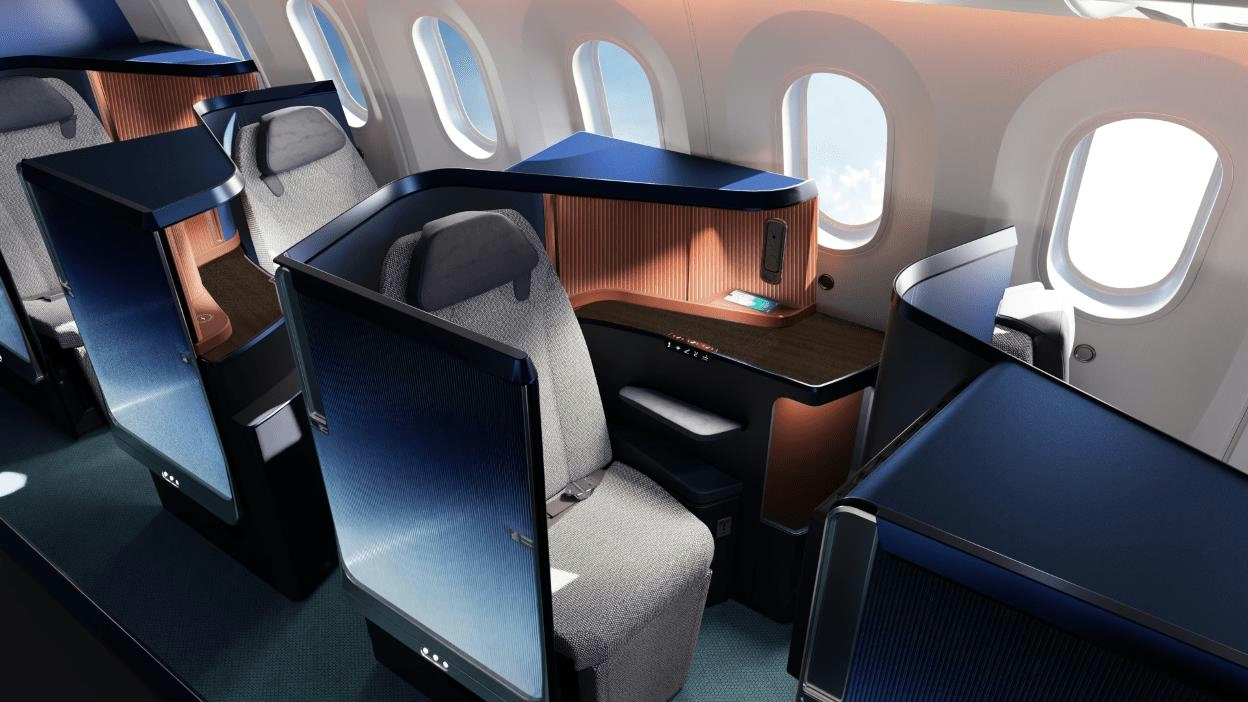
Long-Haul Airlines Transform Business Class on Narrowbody Aircraft
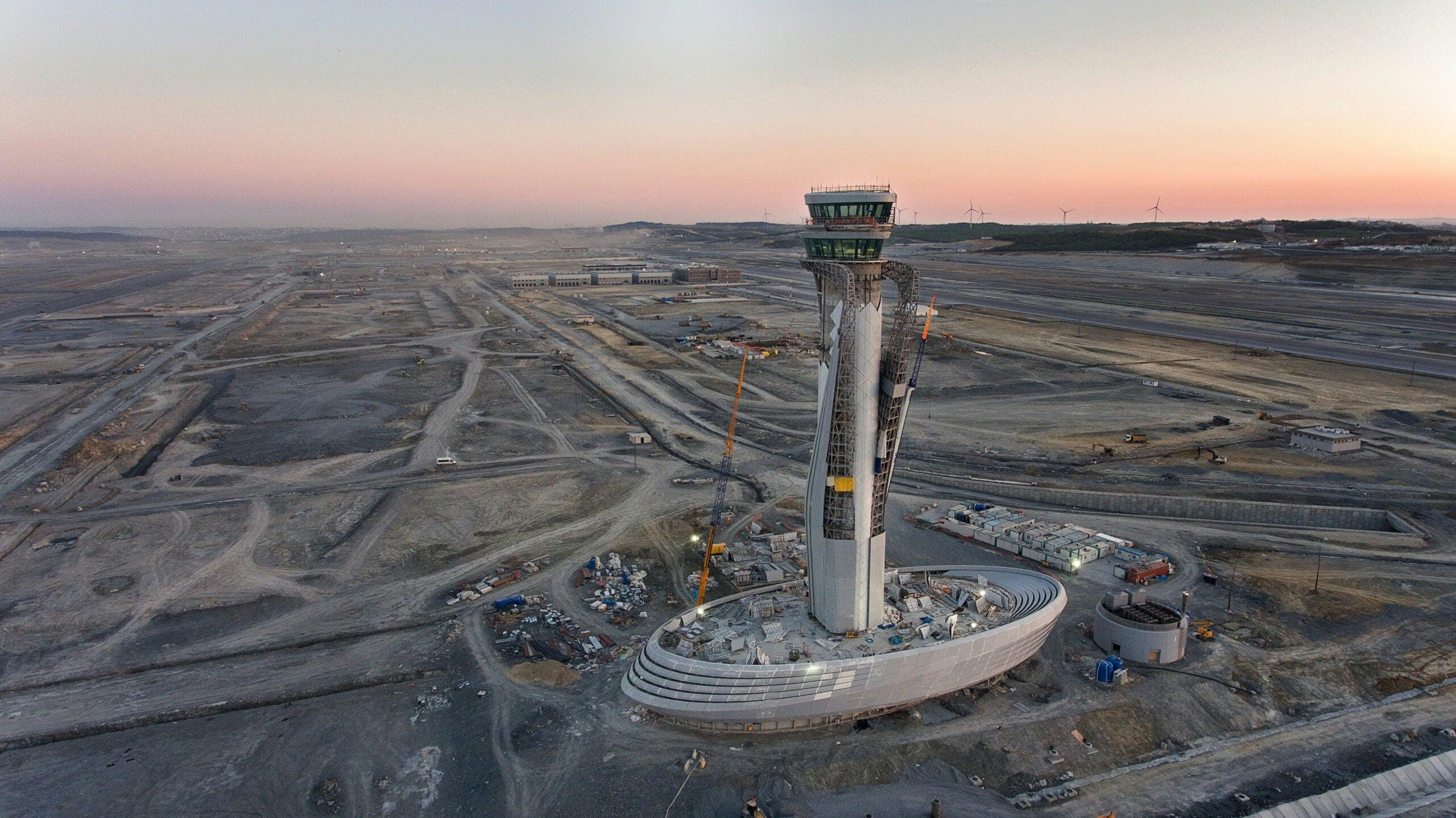
Turkish Airlines invests $2.3bn to expand Istanbul Airport hub

Aviate Software Releases GA Kneeboard
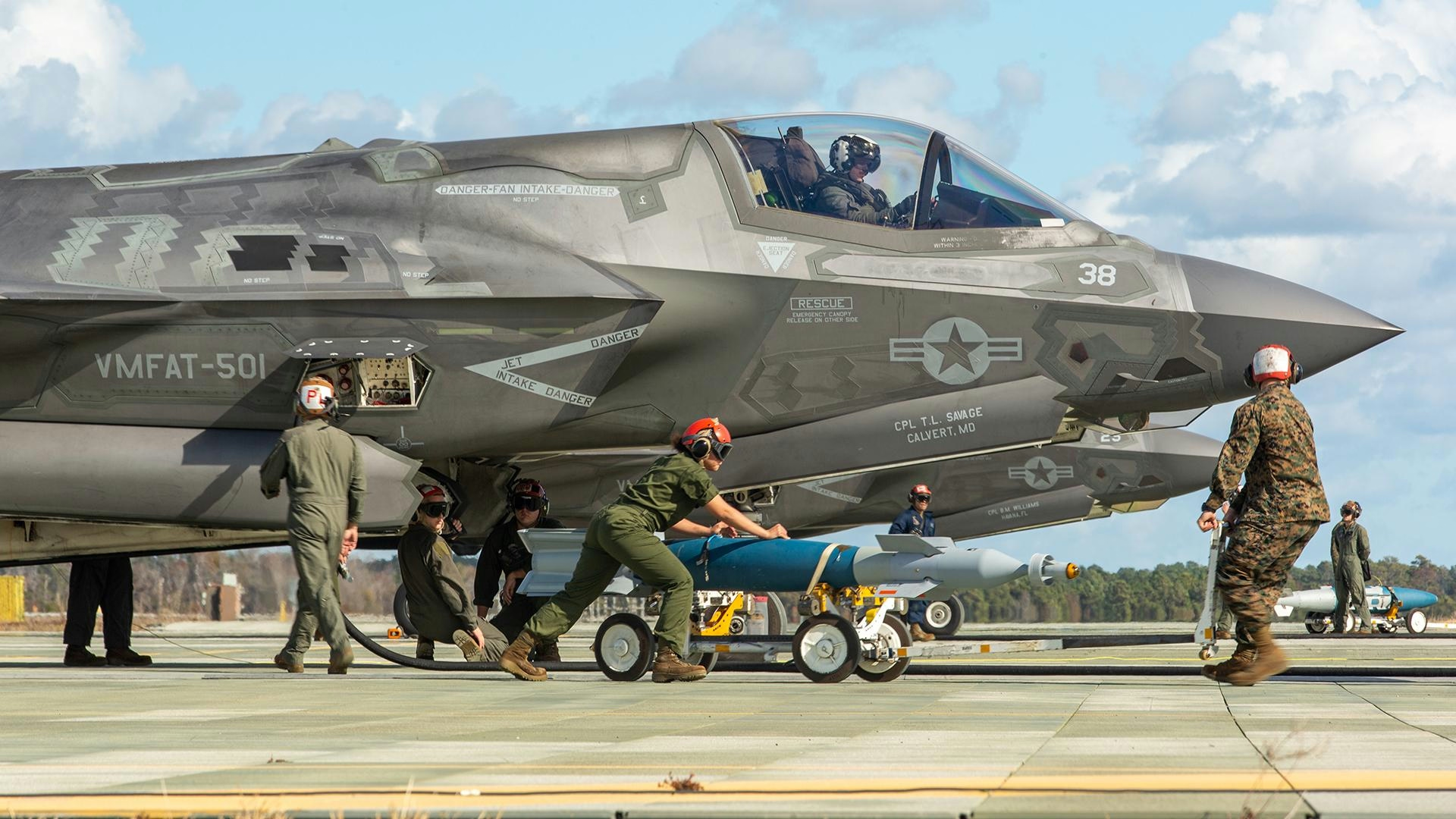
F-35 Program Sets New Delivery Record in 2025

Starlink Expands High-Speed Wi-Fi Service to Private Jets
